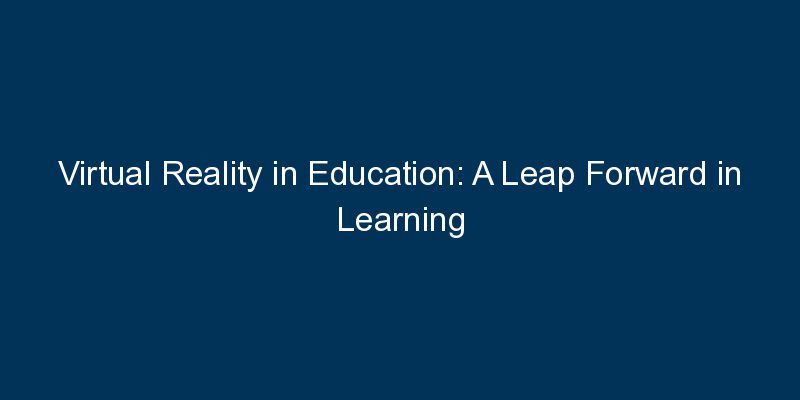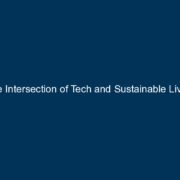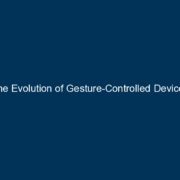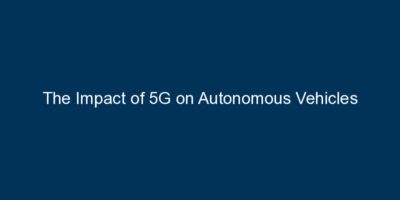In recent years, the field of education has witnessed a revolutionary transformation with the integration of virtual reality (VR) technology. As advancements in VR continue to unfold, the educational landscape is evolving into a more immersive and engaging environment. This blog explores the significant strides made in virtual reality for education and how it is reshaping the way students learn.
Understanding Virtual Reality in Education
Virtual reality, commonly associated with the gaming industry, has found a profound application in education. It involves the use of computer-generated environments that simulate real-world experiences, providing a sense of presence and interaction. In the educational context, VR has proven to be a powerful tool for enhancing learning experiences.
Immersive Learning Environments
One of the primary advantages of virtual reality in education is the creation of immersive learning environments. Students can be transported to historical events, distant planets, or even inside the human body, allowing them to explore and interact with the subject matter in ways previously unimaginable.
Enhanced Engagement and Focus
Traditional methods of teaching often struggle to capture and maintain students’ attention. VR addresses this challenge by offering a more engaging and interactive learning experience. Students become active participants in their education, leading to increased focus and retention of information.
Practical Applications in STEM Education
Science, technology, engineering, and mathematics (STEM) subjects often involve complex concepts that can be challenging to grasp through traditional methods. Virtual reality provides a solution by offering hands-on experiences and simulations, enabling students to experiment with scientific principles in a risk-free virtual environment.
Global Collaboration and Cultural Understanding
VR technology facilitates global collaboration by connecting students from different parts of the world. Through virtual classrooms and collaborative projects, students can gain insights into diverse cultures and perspectives, fostering a sense of global awareness and understanding.
Overcoming Physical Limitations
For students with physical disabilities or those unable to attend traditional classrooms, virtual reality opens up new possibilities. VR platforms can be customized to accommodate various learning needs, ensuring that education is accessible to all.
The Future of Virtual Reality in Education
As technology continues to advance, the future of virtual reality in education holds even more promise. Here are some anticipated developments that will further revolutionize the educational landscape:
Personalized Learning Experiences
With AI integration, VR platforms will be able to adapt to individual learning styles and preferences. This personalized approach ensures that each student receives a tailored education, maximizing their understanding and retention of information.
Expanded Curriculum Options
Virtual reality will enable schools to offer a broader range of courses and subjects, breaking down geographical barriers. Students will have access to expert-led sessions and specialized courses that may not be available in their local institutions.
VR in Teacher Training
Educators can also benefit from virtual reality by using it for training purposes. Virtual classrooms and simulations can help teachers refine their skills, experiment with different teaching methodologies, and enhance their ability to address diverse learning needs.
Conclusion
As we stand at the intersection of technology and education, virtual reality emerges as a powerful catalyst for positive change. The advancements in virtual reality for education have already transformed the way students learn and engage with knowledge. With the ongoing evolution of this technology, the future holds exciting possibilities for a more immersive, inclusive, and effective educational experience. Embracing these innovations ensures that education remains a dynamic force, empowering the next generation with the skills and knowledge they need to thrive in an ever-changing world.



















Comments